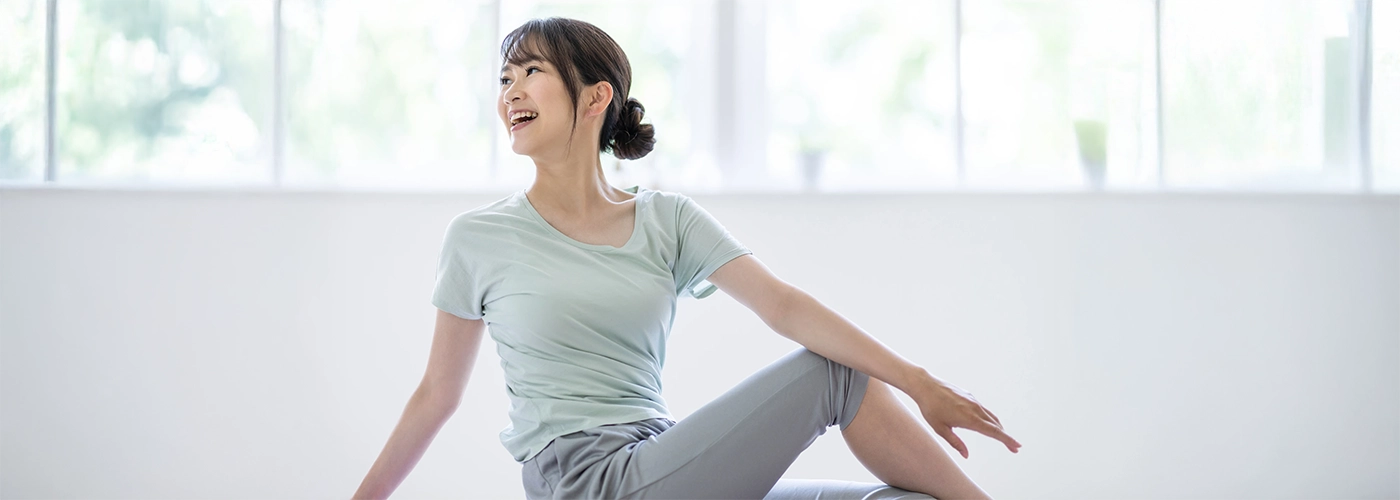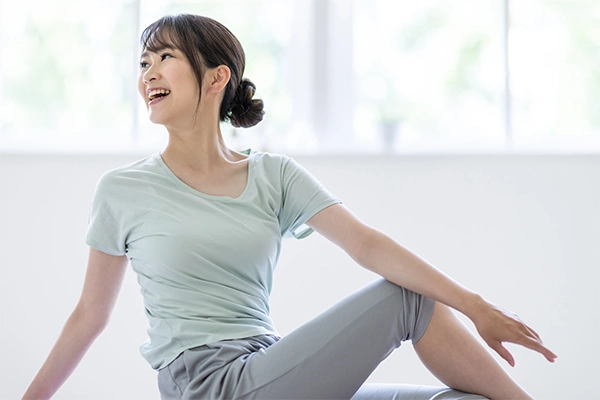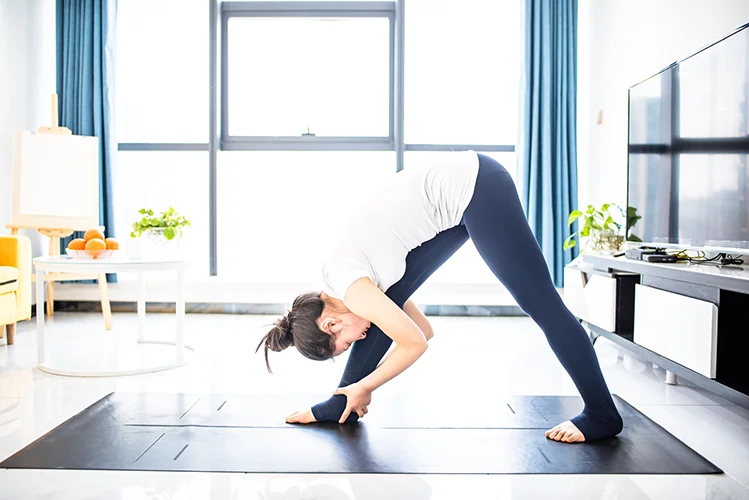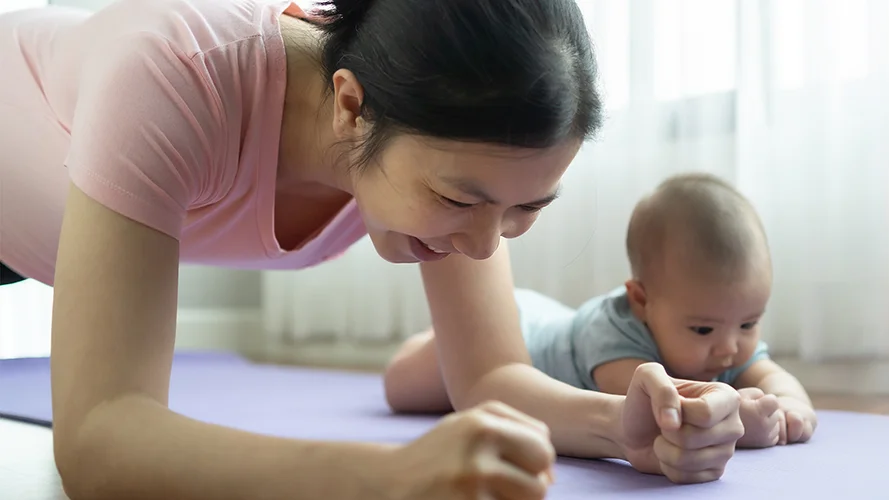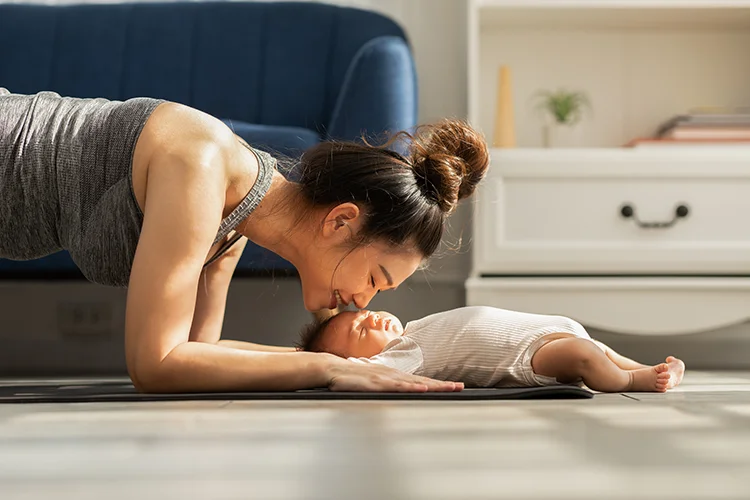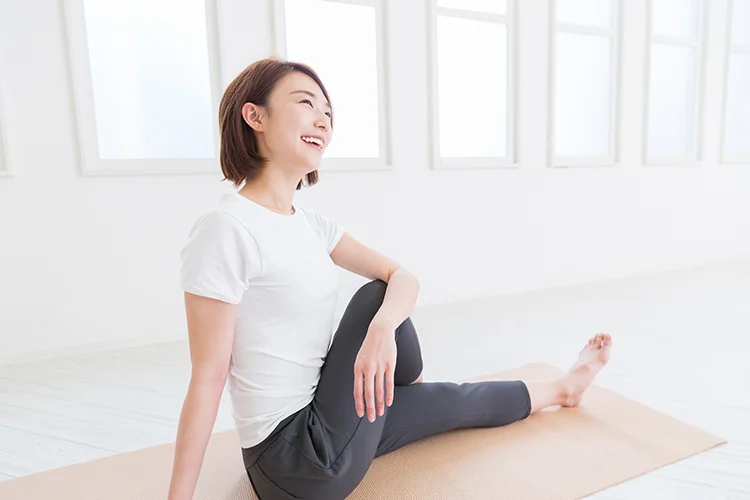Topics
Regaining Control with the Right Exercises
Urinary incontinence is a common condition affecting millions of men and women worldwide. It is characterised by the involuntary leakage of urine, which can occur due to weakened pelvic floor muscles, age, pregnancy, menopause, after prostate surgery or chronic conditions such as diabetes and obesity. Unfortunately, many individuals suffer in silence due to embarrassment or lack of awareness about effective treatment options.
In this article, we will explore effective exercises for urinary incontinence relief, focusing on practical techniques you can incorporate into your daily routine. Whether you are dealing with stress incontinence (leakage due to coughing or sneezing) or urge incontinence (sudden, uncontrollable need to urinate), these exercises can offer real relief.
Understanding Urinary Incontinence
Urinary incontinence is more common than most people realise, and it can significantly impact daily life. Causes range from weakened pelvic floor muscles to medical conditions, and lifestyle changes like exercise can reduce symptoms.
A. Kegel Exercises
Kegel exercises, also known as Pelvic Floor Muscle Training (PFMT) or Pelvic Floor Muscle Exercises (PFME), are the most well-known and effective exercises for managing urinary incontinence. They target the pelvic floor muscles, which support the bladder, bowel, and uterus.
Kegels involve contracting and relaxing the pelvic floor muscles, similar to how you would stop urine midstream. These exercises can be done discreetly anytime, anywhere—whether sitting, standing, or lying down.
- How to Perform Kegels Correctly
Sit, lie down, or stand in a comfortable position. Start by tightening your pelvic muscles for 3-5 seconds, then release. Gradually increase the duration as your muscles get stronger. Aim for three sets of 10 repetitions daily to see noticeable improvements over time
- Benefits of Kegels for Incontinence
They improve bladder control, strengthen pelvic muscles, and can also prevent future incontinence issues.
B. Pelvic Tilts
Pelvic tilts are another simple but effective way to enhance core strength and provide relief from urinary incontinence.
- How Pelvic Tilts Work
This exercise involves lying on your back with knees bent and gently tilting your pelvis upward, engaging your abdominal and pelvic muscles.
- Core Strength and Pelvic Control
Strong core muscles are directly linked to better bladder control. Pelvic tilts activate not just the pelvic floor but also the lower abdominal muscles, reducing the risk of leaks.
- Tips for Performing Pelvic Tilts Safely
Keep your lower back flat on the floor throughout the movement to avoid strain. Perform 2-3 sets of 10 repetitions daily for optimal results.
C. Bridge Exercises
Bridges are ideal for trengthening the glutes, lower back, and pelvic floor muscles, making them highly effective for managing incontinence.
- How to Perform Bridge Exercises
Lie flat on your back with knees bent, feet hip-width apart. Slowly raise your hips toward the ceiling, squeezing your glutes and pelvic muscles.
- Additional Health Benefits
In addition to improving pelvic floor strength, bridges also enhance lower back stability and postural alignment, which can reduce strain on the bladder.
- Beginner Modifications
If you are just starting, place a pillow or yoga block under your hips for support, gradually increasing difficulty as your muscles strengthen.
Yoga Can Improve Bladder Control
Yoga is a holistic approach that combines breath control, flexibility, and strength, which makes it especially beneficial for urinary incontinence. Certain yoga poses gently engage the pelvic floor, improving bladder control while reducing stress levels—a known trigger for incontinence.
Some of the most effective poses include:
- Child’s Pose: Stretches and strengthens the pelvic region while promoting relaxation.
- Cobbler’s Pose: Helps open the hips and strengthens the inner thighs, improving pelvic stability.
- Bridge Pose: Similar to the bridge exercise, this pose engages the pelvic floor and lower back.
Regular yoga practice also reduces anxiety and promotes mindfulness, helping you become more aware of your body’s signals, which can improve bladder control over time. Incorporating yoga into your exercise routine provides a well-rounded, gentle solution for managing urinary incontinence.
Breathing Exercises to Improve Bladder Control
Breathing exercises, particularly diaphragmatic breathing, can play a crucial role in managing urinary incontinence. Diaphragmatic breathing, also known as belly breathing, involves deep, controlled breaths that engage the diaphragm rather than the chest. This method helps reduce unnecessary pressure on the abdomen and pelvic floor, which is essential for people dealing with bladder leaks.
By stabilising abdominal muscles, diaphragmatic breathing minimises strain on the bladder, promoting better control. Additionally, it can be particularly beneficial for individuals with overactive bladder, as the relaxation response triggered by deep breathing helps calm involuntary bladder contractions.
Incorporating 5-10 minutes of this exercise into a daily routine can improve bladder function while reducing stress and anxiety—common triggers for incontinence episodes.
Frequently Asked Questions
-
What are common triggers that worsen urinary incontinence?
Triggers can include caffeine, alcohol, spicy foods, excessive fluid intake, and physical activities that increase pressure on the bladder.
-
Can men benefit from pelvic floor exercises too?
Absolutely. Pelvic floor exercises are beneficial for both men and women, especially for men after prostate surgery or those experiencing bladder control issues.
-
Should I consult a doctor before starting these exercises?
If you have severe incontinence or other medical conditions, consult a healthcare provider before starting an exercise programme.
-
What other treatments are available if exercises do not fully relieve incontinence?
Treatments include medications, bladder training, lifestyle adjustments, and in some cases, surgical procedures for severe cases.
Book an Appointment at Gleneagles Hospitals
Managing urinary incontinence is doable with the right exercises to improve your pelvic floor strength, reduce leakage, and regain control over your bladder. These exercises are easy to incorporate into your routine and have proven benefits for people of all ages. Early diagnosis and treatment can prevent severe complications and ensure a swift recovery.
If you have questions about urinary incontinence, get in touch with us to book an appointment at your nearest Gleneagles Hospitals to receive professional advice to help kickstart your health journey. To make an appointment for health screening, please contact the health screening centre at the Gleneagles Hospitals nearest to you.



